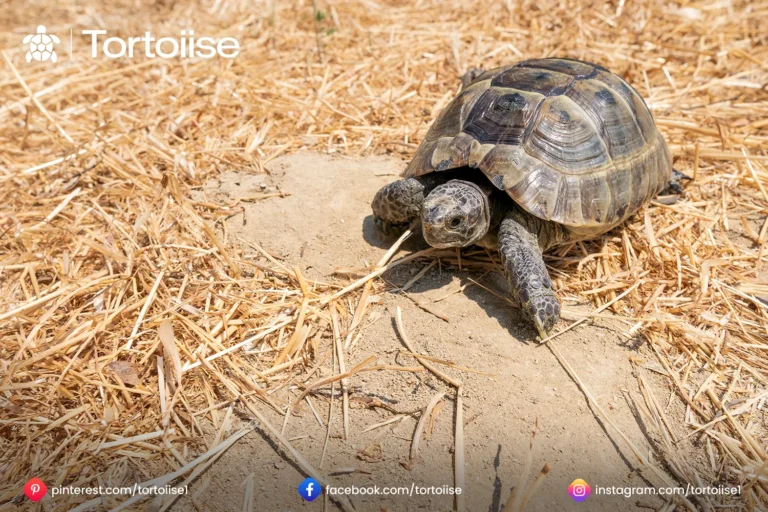How to cook tortoise meat
How to cook tortoise meat: Beginners Guide
Cooking tortoise meat is certainly not a typical culinary practice in that frame of mind of the world, especially in nations where turtles are safeguarded by regulations. Nonetheless, in specific districts and societies, tortoise meat has been consumed by and large, and its readiness includes strategies like those utilized for different reptiles.

It’s critical to take note of that hunting and eating tortoise are unlawful in numerous nations because of their preservation status and assurance regulations. Here are a few insights about the sorts of tortoise meat
Kinds of Tortoise Meat
The kind of tortoise meat fluctuates depending on the species. In districts where it is legitimately raised, the most ordinarily consumed species are
-
Green Ocean Tortoise
A huge marine animal group, its meat is valued in a few seaside regions, particularly in the Caribbean.
-
Aldabra Monster Tortoise
Local to the Seychelles, this tortoise meat has been generally consumed, despite the fact that it’s against the law to reap them.
-
Box tortoise
Tracked down in North America, these are here and there eaten; however, this is more uncommon.
-
Sulcata Tortoise
This land turtle, which is local to Africa, has been eaten in certain districts; however, it’s for the most part more safeguarded today.
Worldwide Consumption
In nations like Thailand, Vietnam, and the Philippines, turtle meat has been generally consumed, frequently in soups or stews.
Caribbean
The green ocean tortoise is a staple in some Caribbean eats less, where it is utilized in soups and stews. In places like the Cayman Islands, turtle meat is viewed as a customary dish.
Southeast Asia
Nations like Thailand, Vietnam, and the Philippines have a background marked by consuming tortoise. In a few country regions, tortoise is utilized in soups or as a delicacy, frequently ready with flavors, spices, and vegetables.
West and Focal Africa
The utilization of tortoise, especially the Sulcata, has been a customary practice in specific pieces of Africa, where the turtles are cooked in stews or simmered.
South America
Native people groups in the Amazon have consumed tortoise as a component of their conventional eating regimens, particularly in distant locales where hunting is as yet a piece of day-to-day existence.
3. Cooking Strategies for Tortoise Meat
Turtle meat is arranged utilizing different cooking strategies, contingent upon the district and the particular recipe. As a rule, tortoise meat has a hard surface, so it is frequently sluggishly cooked or stewed to soften it.
Africa
Tortoise meat, especially from species like the Sulcata, is eaten in certain areas, especially in West and Focal Africa. South America: In regions like the Amazon Bowl, turtle meat has been utilized in neighborhood dishes.
Cooking Techniques

-
Stewing or Soups
The meat is frequently bubbled or stewed for a few hours. It’s typically cooked with flavors, vegetables, and at times coconut milk to soften the meat and improve flavor. In the Caribbean, a customary dish includes slow-cooked turtle meat with spices, peppers, and garlic.
-
Cooking
A few societies broil turtle meat, like how one could cook other enormous game meats. This strategy considers a fresh outside while keeping up with dampness inside.
-
Curries
In Southeast Asia, tortoise meat may be integrated into a rich curry sauce, frequently with coconut milk and nearby flavors.
4. Legitimate and Moral Contemplations
It is essential to feature that tortoise, particularly those from imperiled species, are safeguarded by worldwide regulation. The Show on Global Exchange Imperiled Types of Wild Fauna and Greenery (refers to) puts limitations on the exchange of tortoise, making hunting and selling them unlawful in numerous areas.

Imperiled Species
The green ocean tortoise, Aldabra monster tortoise, and different species are recorded on the IUCN Red Rundown as jeopardized, making the hunting and utilization of their meat unlawful in numerous nations.
Preservation Endeavors
Numerous nations have established tortoise safe-havens and preservation projects to shield these reptiles from overexploitation and eating tortoise can essentially influence neighborhood biological systems. End While tortoise meat is a piece of customary cooking style in certain areas, its utilization is progressively questionable because of legitimate securities and moral worries encompassing imperiled species. It’s vital to regard natural life preservation regulations and try not to consume meat from safeguarded species. Assuming you are keen on becoming familiar with tortoise meat arrangements or local dishes, consistently guarantee that the species being consumed is lawfully obtained and not jeopardized.
meat, generally consumed in certain districts, has ignited impressive moral discussion because of the situation with numerous tortoise species as imperiled or powerless. While tortoise are as yet eaten in certain societies, the training is becoming more uncommon because of expanding familiarity with preservation issues and the execution of severe regulations safeguarding these creatures. The following is a more point-by-point clarification, including the kinds of tortoise meat, the locales where it has generally been consumed, and the way things are commonly ready.
Sorts of Tortoise Meat Tortoise meat comes from various species, with each offering various surfaces and flavors relying upon the creature’s eating routine, climate, and size. The most ordinarily consumed species are
Green Ocean Tortoise
This enormous marine turtle has generally been pursued for its meat, especially in the Caribbean and portions of focal America. The meat is viewed as a delicacy in certain districts, with a surface like chicken or fish.
Aldabra Monster Tortoise
This species, local to the Seychelles, was once a wellspring of meat for mariners and islanders. In any case, its utilization is currently disallowed because of its jeopardized status.
Sulcata Tortoise
Otherwise called the African prodded tortoise, it is quite possibly the biggest earthbound tortoise and has been consumed in specific African areas; however, this training is currently more uncommon because of preservation endeavors.2. Locales Where Tortoise Meat Is Consumed By and large, tortoise have been consumed in different regions of the planet. While certain locales actually work on eating tortoise, these practices have to a great extent decreased or become unlawful because of worldwide natural life preservation endeavors. Here are a few locales where tortoise meat has been consumed:
Preservation Status
The Global Association for Protection of Nature (IUCN) records a few tortoise animal types, including the green ocean tortoise and the Aldabra goliath tortoise, as jeopardized or helpless. Accordingly, consuming meat from these species is presently unlawful in numerous nations, and peaceful accords like the Show on Worldwide Exchange Imperiled Species (refers to) mean to forestall the double-dealing of these reptiles. Natural Life Assurance Regulations: Nations with safeguarded turtles have prohibited the hunting, dealing, and utilization of these creatures. For example, the green ocean tortoise, which was once broadly consumed in the Caribbean, is presently safeguarded by regulation, and any exchange or utilization of its meat is thought of as unlawful.5. Options in contrast to Tortoise Meat Because of the developing attention to the significance of safeguarding tortoise species, numerous culinary customs are adjusting by utilizing elective fixings that copy the surface and kind of tortoise meat. For instance,
Plant-Based Substitutes
A few districts that generally consume tortoise meat are currently going to plant-based substitutes like mushrooms, jackfruit, or tofu, which can give a comparable surface in soups or stews. Maintainable Fish: where tortoise meat was generally eaten, individuals are progressively going to reasonably obtained fish or different kinds of meat to lessen the strain on turtle populations. End The utilization of tortoise meat is turning out to be more uncommon because of developing worries about preservation and untamed life security. While specific areas generally depended on tortoise meat as a feature of their eating routine, current endeavors to safeguard imperiled species have prompted stricter regulations and moral contemplations. As consciousness of these issues spreads, more economical and moral options are being embraced, guaranteeing the security of tortoise species and the biological systems they possess. Shorten

